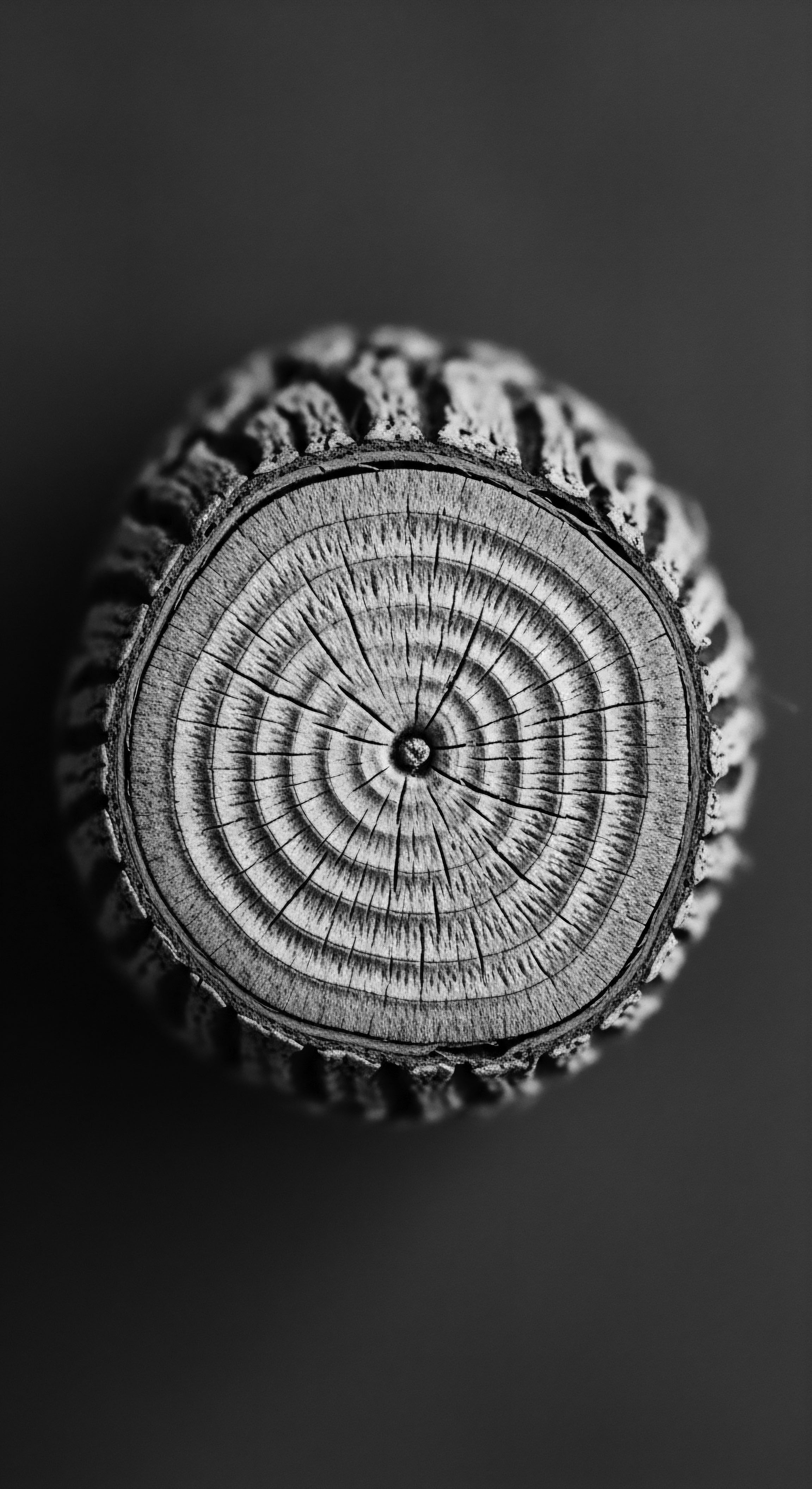
Fundamentals
The concept of Historical Care unfurls as a deeply rooted understanding of hair maintenance and reverence, especially for textured hair, informed by the echoes of ancestral wisdom and time-honored practices. It represents a profound recognition that hair, particularly within Black and mixed-race communities, holds significance beyond mere aesthetics. This perspective acknowledges the enduring legacy of care rituals, methods, and philosophies passed down through generations, often predating modern commercial products and scientific advancements.
Historical Care is not merely about preserving ancient techniques; it embodies a living connection to heritage, community, and personal identity. It clarifies the ancestral relationship to hair as a vital component of holistic well-being, where physical care intertwined with spiritual connection and social expression.
A fundamental meaning of Historical Care resides in its role as an archive of embodied knowledge. This encompasses the practical application of natural ingredients, the skilled artistry of intricate styling, and the communal bonding fostered during hair sessions. From the nurturing touch of a mother braiding her child’s hair to the wisdom shared across generations about specific herbs or oils, these interactions solidified cultural narratives. The interpretation of Historical Care at its simplest reveals a continuous dialogue between past and present, where the resilience of textured hair itself becomes a testament to an unbroken lineage of ingenuity and dedication.
Historical Care represents a living archive of ancestral wisdom, where hair maintenance transcends aesthetics to become a profound connection to heritage and communal identity.
Consider the elemental biology of textured hair, characterized by its unique coily and kinky structures. These attributes, while celebrated today, historically presented distinct needs for moisture retention and protective styling, demands met by generations of caregivers through intuitive, trial-and-error discovery. The explication of Historical Care often begins here, at the very strand, recognizing that the inherent qualities of Afro-textured hair guided the initial development of care practices. Ancient societies understood that coarser textures required specific approaches, prompting the development of emollients from natural fats and oils, and protective styles that minimized breakage and tangles.
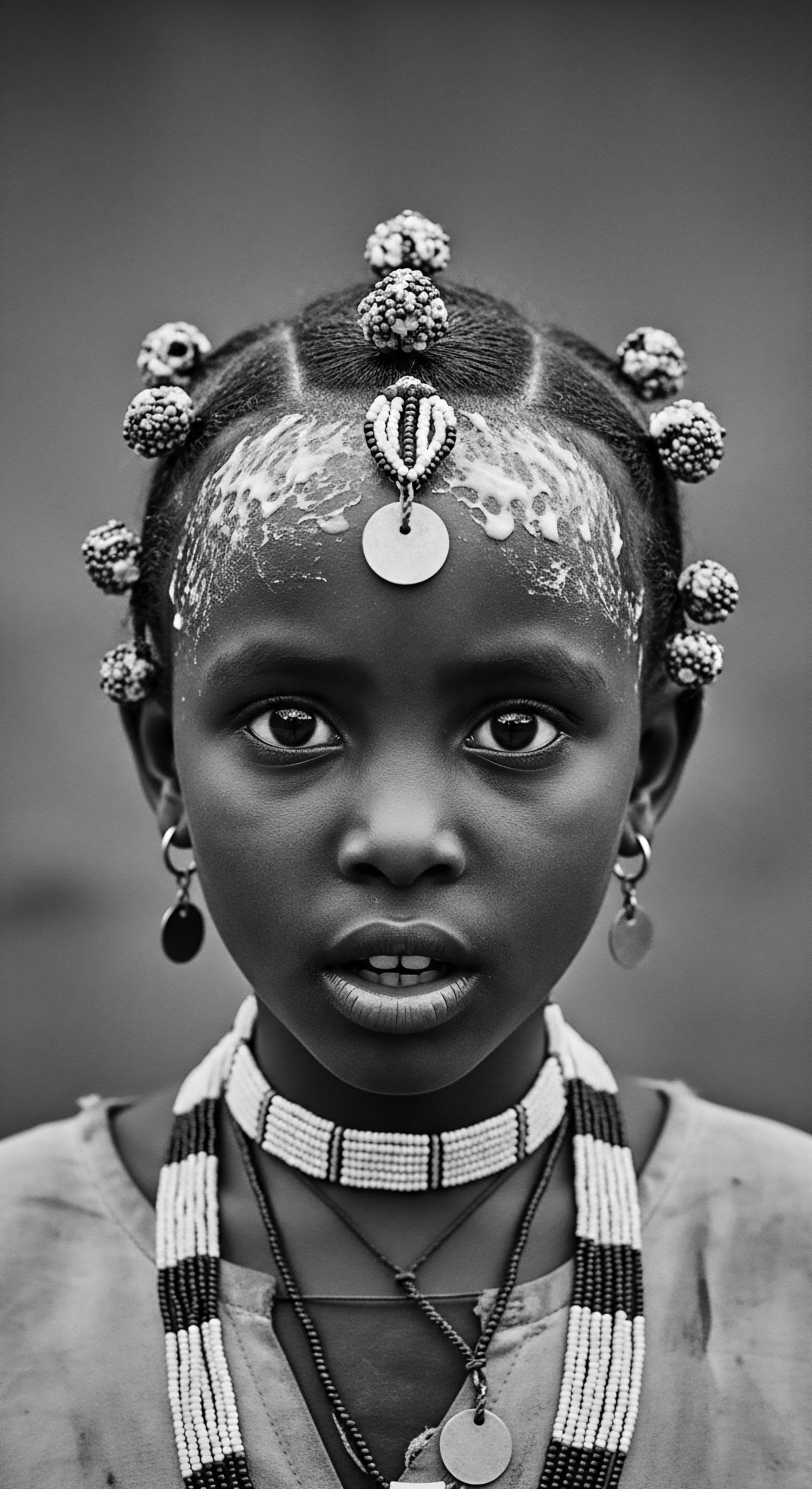
Echoes from the Source ❉ Hair’s Earliest Understandings
In myriad ancient African civilizations, hair was regarded as a potent spiritual conduit and a visible marker of one’s place within the community. The careful tending of hair, therefore, extended beyond physical hygiene; it became a sacred ritual. Archaeological findings and historical accounts reveal that these communities possessed a sophisticated understanding of hair’s needs.
For instance, early evidence from ancient Egypt portrays elaborate hairstyles, with wigs and braids serving as symbols of social status and religious conviction. The Designation of certain styles often indicated an individual’s marital status, age, or even their tribal affiliation.
- Cultural Communication ❉ Hairstyles in many African societies served as a complex system of non-verbal communication, conveying messages about a person’s identity and life circumstances.
- Spiritual Connection ❉ Many believed hair, particularly the crown of the head, to be the closest part of the body to the divine, acting as a channel for spiritual communication and protection.
- Communal Bonding ❉ The very act of styling hair was a social ritual, a shared experience that strengthened communal ties and passed down knowledge from elder to younger generations.
The practices that form the bedrock of Historical Care for textured hair find their earliest roots in these ancient understandings. The emphasis on moisturizing, detangling, and protecting the hair through braiding, twisting, and coiling was a direct response to its biological characteristics. This initial period, from the earliest human settlements, established a profound appreciation for hair as a living extension of self and community, demanding intentional and consistent care. The essence of Historical Care, at this foundational level, is this initial human impulse to nurture and adorn one’s hair, reflecting both a practical need and a deep spiritual or social value.
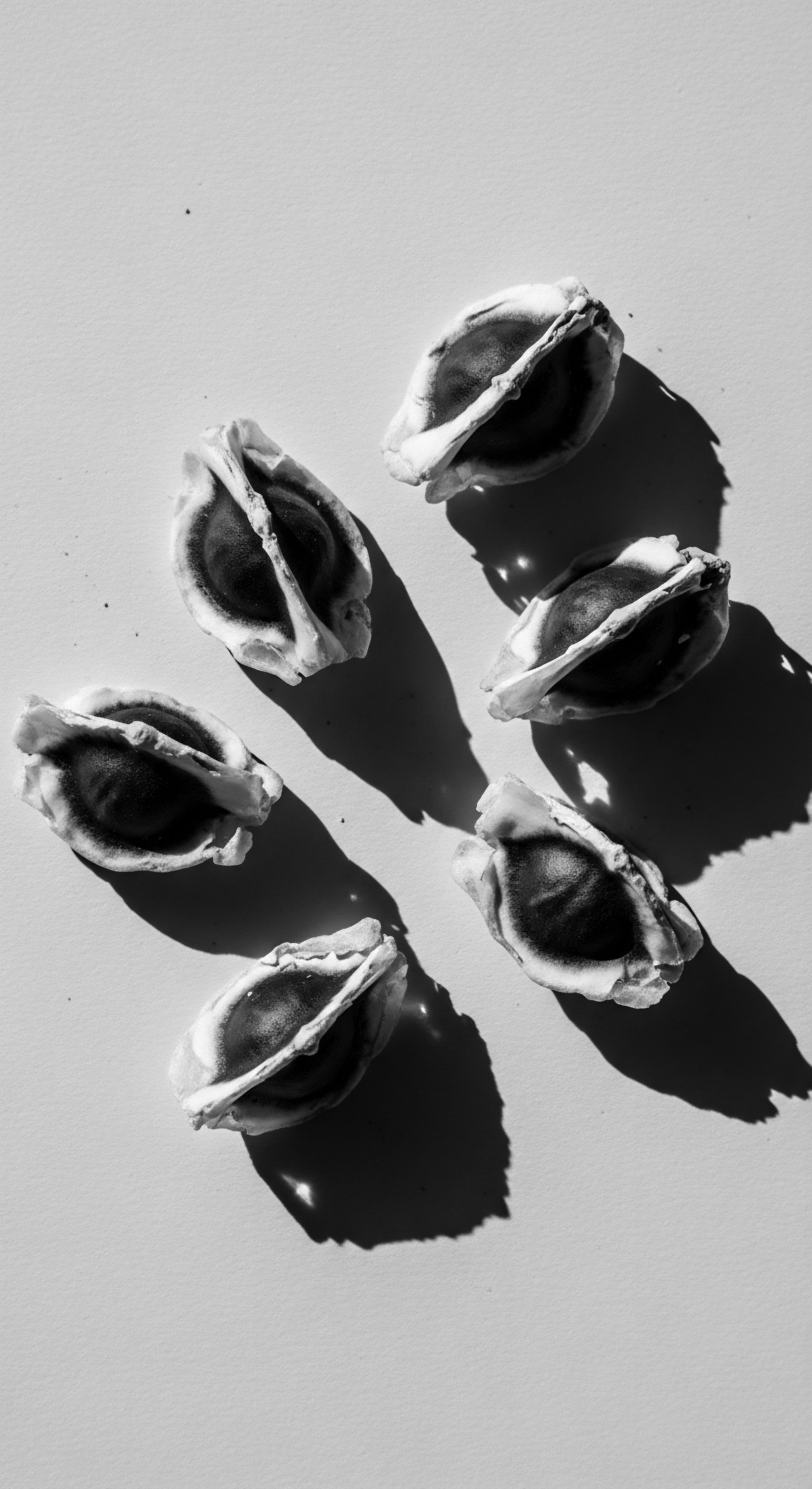
Intermediate
Transitioning from the foundational insights, the intermediate understanding of Historical Care deepens into its practical manifestation and the evolution of its significance across various ancestral contexts, particularly within communities of textured hair. This section illuminates how the initial, intuitive practices solidified into distinct cultural care traditions, each carrying specific meanings and applications. The description of Historical Care here considers not only the physical acts of cleansing, conditioning, and styling but also the profound social, spiritual, and aesthetic values embedded within these practices. We gain insight into the intricate relationship between hair, personal identity, and collective heritage, recognizing hair as a powerful medium for self-expression and cultural continuity.
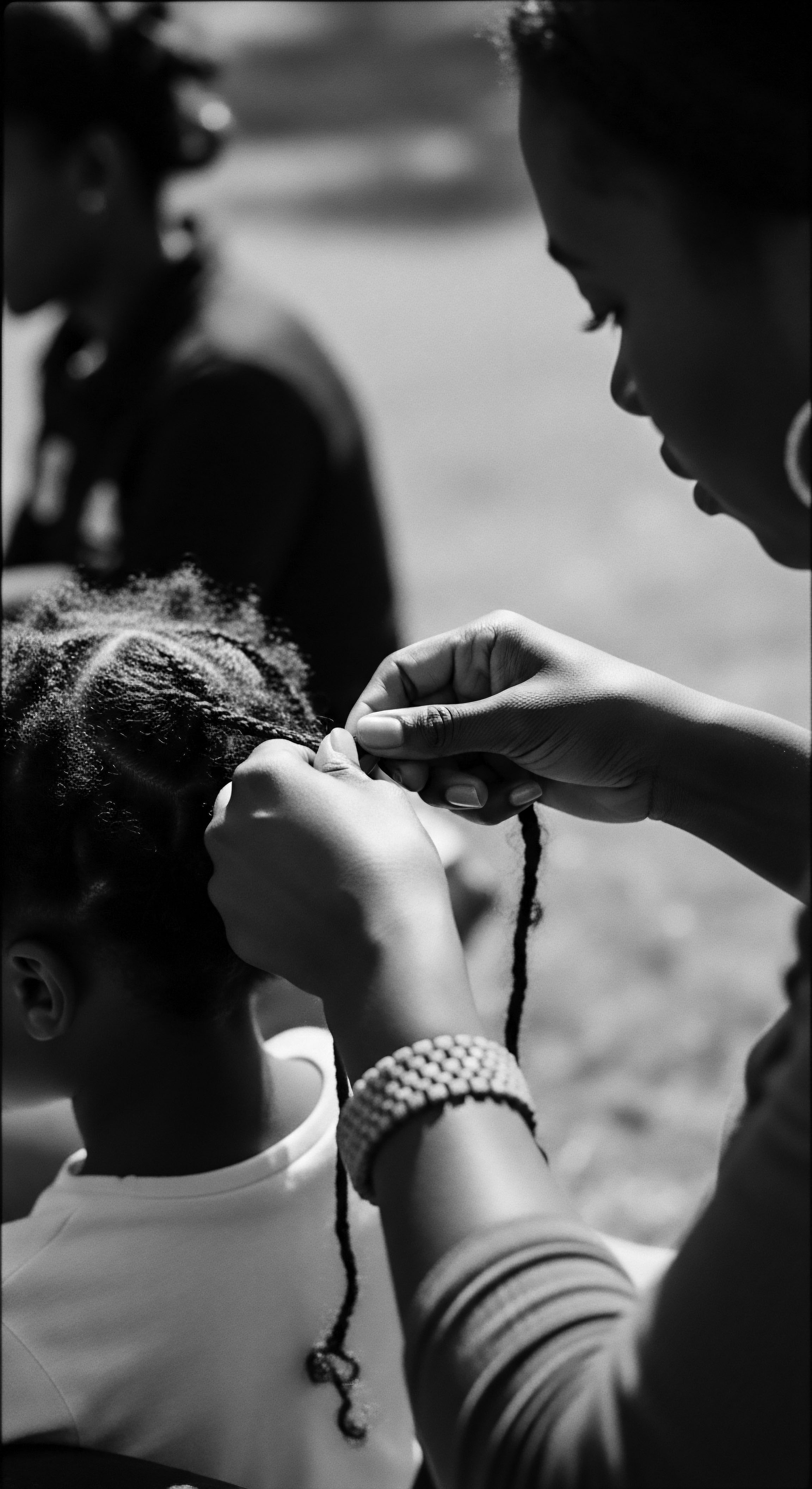
The Tender Thread ❉ Living Traditions of Care and Community
In pre-colonial Africa, hair care was a meticulously practiced art, far from a mere cosmetic routine. It was an integral part of daily life, infused with societal structures and spiritual beliefs. The Clarification of Historical Care at this level reveals a complex system where every braid, every adornment, every touch of oil told a story. Specific ethnic groups possessed unique hair customs, which often communicated age, marital status, social rank, or even spiritual affiliations.
For example, the Yoruba people of Nigeria fashioned intricate hairstyles that symbolized their communal roles, while the Himba tribe in Namibia crafted dreadlocked styles coated with red ochre paste, symbolizing their connection to the earth and their forebears. This deliberate artistry was not just about visual appeal; it underscored a deeper respect for hair as a sacred component of existence.
The methods employed were ingenious, relying heavily on the bounties of the natural world. Ancestral practices for hair nourishment often utilized plant-based oils, butters, and herbs, each chosen for their specific properties—moisture retention, scalp health, or aromatic qualities. The communal aspect of hair care was equally important.
These intricate styling processes often spanned hours, at times even days, serving as cherished social opportunities to bond with family and friends. This ritualistic engagement solidified intergenerational connections and ensured the transmission of specialized knowledge, preserving traditions over centuries.
| Ancestral Practice Oiling and Butters |
| Description and Heritage Link Utilization of natural ingredients like shea butter, palm oil, or coconut oil for moisture, sheen, and scalp health, deeply rooted in local botanical knowledge. |
| Modern Scientific Parallels/Benefits Emollients, fatty acids, and vitamins in these natural substances provide deep conditioning, seal moisture, and protect the hair shaft, akin to modern conditioners and leave-ins. |
| Ancestral Practice Protective Styles (Braids, Twists, Locs) |
| Description and Heritage Link Intricate braiding and twisting patterns (e.g. cornrows) served as identity markers and reduced daily manipulation, preventing breakage. |
| Modern Scientific Parallels/Benefits Minimizing mechanical stress on hair strands, reducing tangling, and promoting length retention, aligning with contemporary protective styling philosophies. |
| Ancestral Practice Herbal Rinses and Cleansers |
| Description and Heritage Link Use of various plant extracts for cleansing, conditioning, and treating scalp ailments, drawing from traditional medicinal and botanical lore. |
| Modern Scientific Parallels/Benefits Natural surfactants, anti-inflammatory compounds, and pH-balancing properties found in herbs contribute to scalp health and hair strength, a concept echoed in natural shampoos and rinses. |
| Ancestral Practice These ancestral practices, forming the historical care framework, demonstrate an intuitive understanding of textured hair's needs, often finding validation in contemporary scientific analysis. |
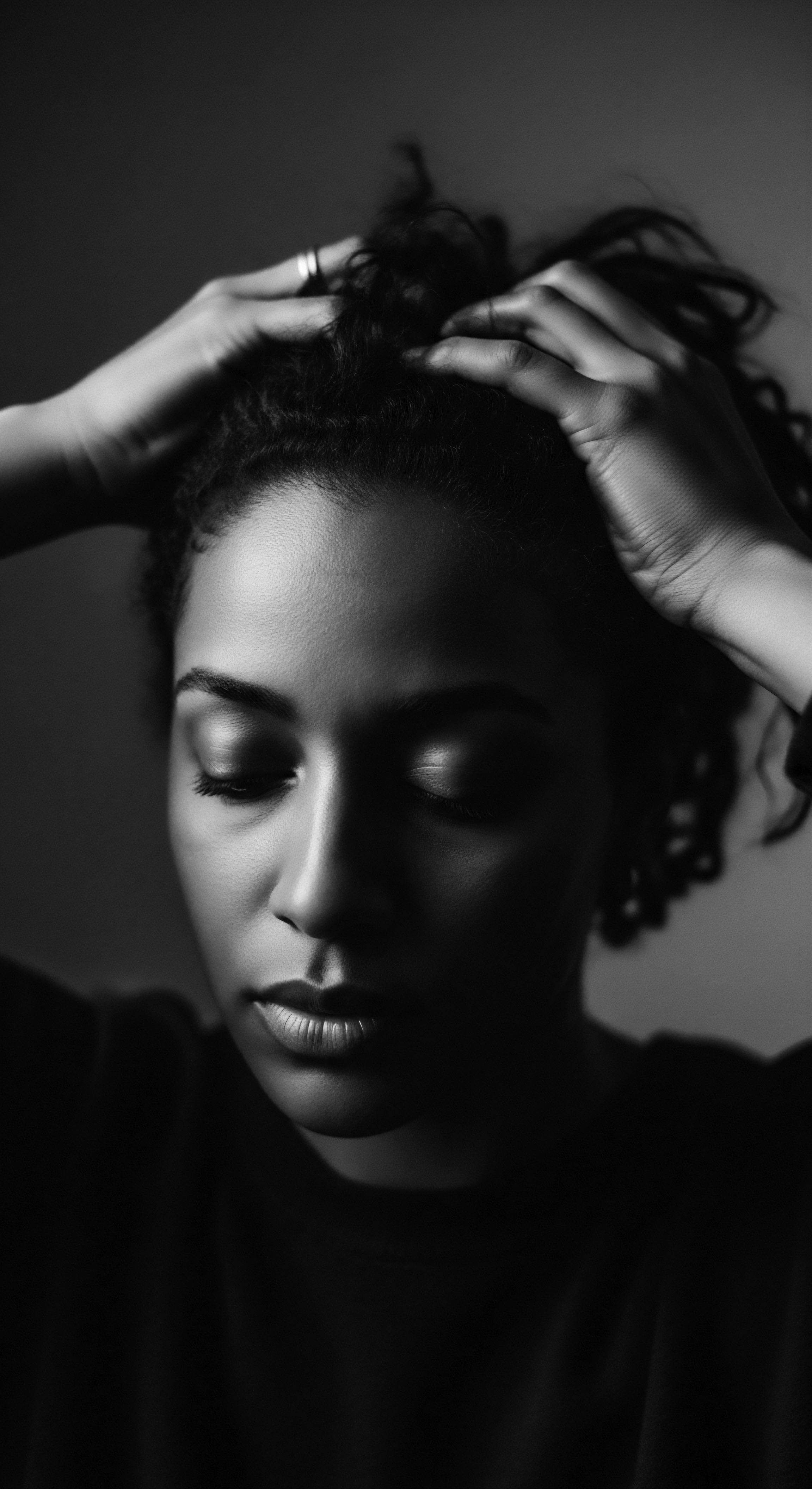
The Unbound Helix ❉ Hair as a Symbol of Resilience
The arrival of the transatlantic slave trade marked a brutal disruption in these centuries-old traditions. Enslavement involved a systematic stripping away of identity, and one of the earliest, most dehumanizing acts was the forcible shaving of African people’s heads. This act was not merely for “sanitary reasons,” as often claimed by enslavers; it was a deliberate strategy to sever enslaved individuals from their ancestral lands, cultural expressions, and communal bonds. Denied access to native tools, oils, and the collective time for hair rituals, enslaved Africans found their hair becoming matted and tangled, often hidden beneath scarves or kerchiefs.
Despite this profound assault, the spirit of Historical Care persevered, transforming into a testament to resilience and resistance. Hair became a silent yet potent expression of identity in a foreign land. Enslaved women, particularly rice farmers, braided rice seeds into their hair as a covert means of survival and cultural preservation during the transatlantic journey. The intricate patterns of cornrows were even utilized to create and transmit maps for escaping plantations, demonstrating the profound ingenuity embedded within these hair practices.
Even amidst the profound cruelties of enslavement, hair practices became a powerful vehicle for cultural resistance and the silent preservation of identity.
A powerful instance of this resistance surfaced in the 18th century, exemplified by the Tignon Laws enacted in New Orleans in 1786. These laws compelled Creole women of color to conceal their elaborate hairstyles with plain headscarves, or “tignons,” aiming to visually enforce their perceived inferior status within the societal hierarchy. Yet, these women, with an unwavering spirit, subverted the oppressive intent. They transformed the mandated tignons into vibrant, ornate headwraps, adorned with striking colors and artful arrangements.
This act of defiance underscored their enduring autonomy and creativity, turning a symbol of subjugation into a proclamation of personal and cultural identity. The incident with the Tignon Laws provides a compelling case study ❉ it reveals a powerful instance where a legislative effort to suppress visible expressions of Black hair heritage paradoxically became an avenue for profound artistic and cultural resistance, demonstrating the enduring strength of Historical Care as a vehicle for identity preservation even under duress. This historical example powerfully illuminates the Historical Care’s undeniable connection to textured hair heritage and Black hair experiences, underscoring how deeply embedded these practices were within ancestral and community life, extending beyond mere physical grooming to acts of profound defiance.
The legacy of these acts of resistance and adaptation continued through generations. The Civil Rights Movement in the mid-1960s marked a significant re-emergence of pride in natural Black hair. The afro, in particular, became a powerful symbol of Black pride and activism, a visual rejection of Eurocentric beauty standards that had long marginalized textured hair.
This era cemented the historical care of textured hair as a political statement, a reclamation of heritage, and a celebration of natural beauty. The understanding of Historical Care, at this stage, thus includes not only the physical practices but also the profound sociopolitical dimensions of hair.
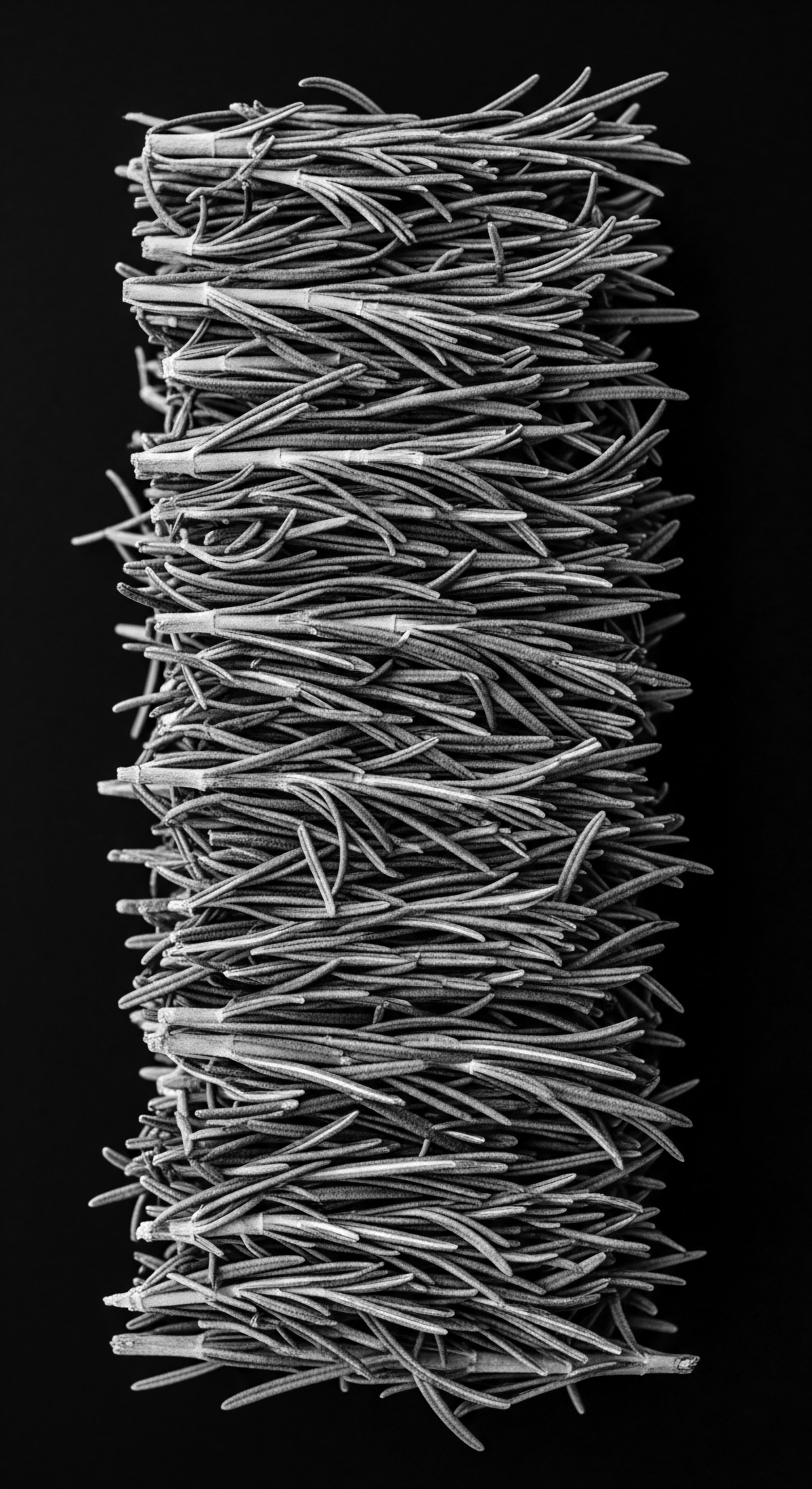
Academic
The academic delineation of Historical Care transcends rudimentary definitions, positioning it as a sophisticated interdisciplinary construct central to cultural studies, anthropology, and the lived experiences of Black and mixed-race communities. This rigorous examination compels us to perceive Historical Care not merely as a collection of antiquated practices, but as a dynamic system of knowledge, resilience, and identity negotiation that has profoundly shaped and continues to inform textured hair heritage. Its meaning is rooted in a comprehensive understanding of human adaptive strategies, particularly within marginalized populations, where self-expression often becomes a critical tool for survival and cultural preservation. This academic lens allows for a granular analysis of its diverse perspectives and interconnected incidences across various fields, revealing the subtle yet potent ways in which ancestral hair wisdom has persisted and evolved.
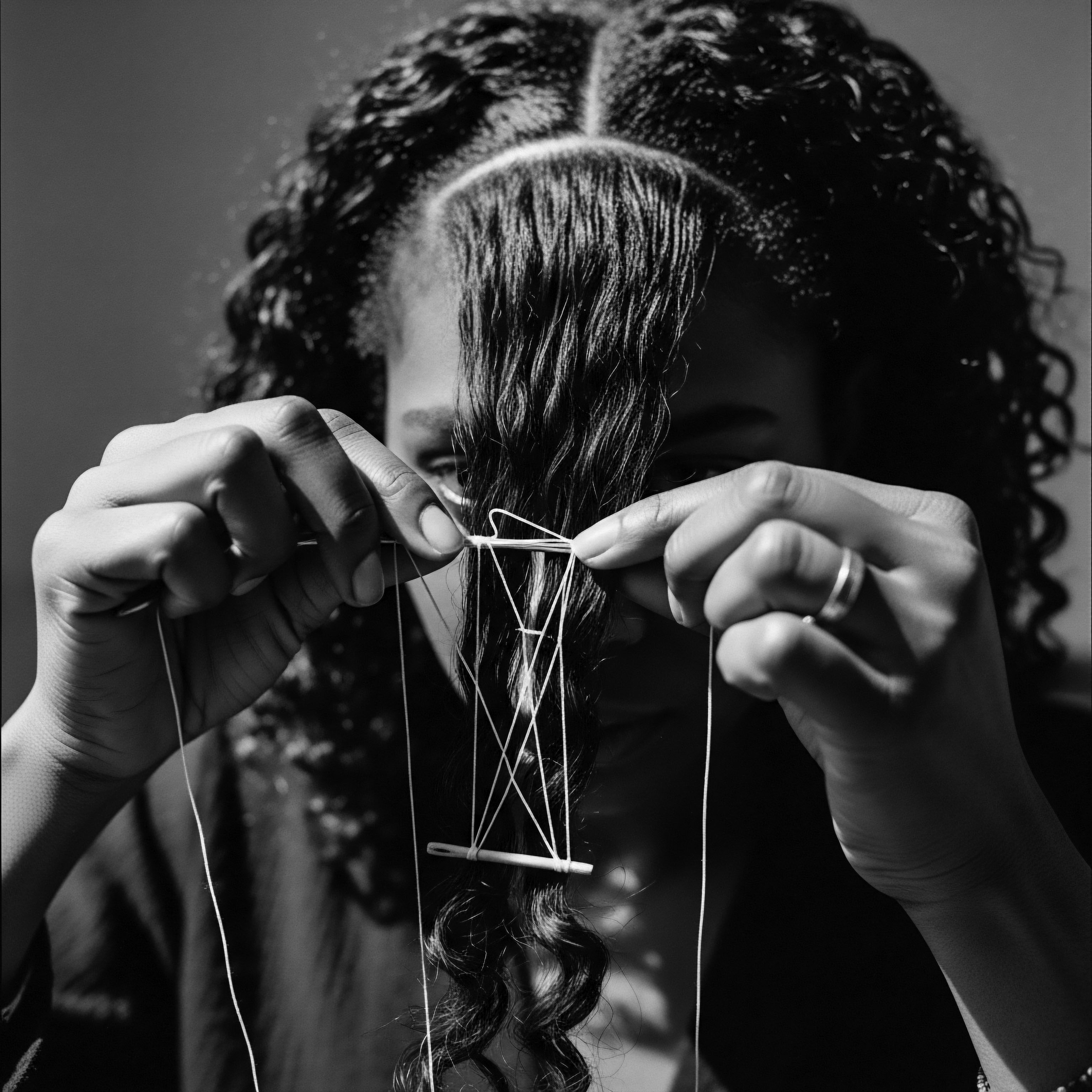
Deconstructing Historical Care ❉ A Multidimensional Inquiry
Within an academic framework, Historical Care represents a complex interplay of ethnobotanical knowledge, material culture, communal sociology, and embodied aesthetics. Its Definition stretches to encompass the systematic understanding and transmission of hair care practices, informed by ecological realities, socio-political pressures, and spiritual beliefs. For instance, the very biology of textured hair, with its unique follicular structure and curl patterns, necessitated specific care methodologies—methods that often found sophisticated solutions within traditional African contexts.
The inherent dryness and susceptibility to breakage of coily hair, for example, directly influenced the development of elaborate oiling rituals and protective styles. This bio-cultural co-evolution forms a critical aspect of Historical Care, highlighting how human ingenuity responded to the natural characteristics of hair over millennia.
Anthropological studies consistently reveal hair as a primary site for the negotiation of social status, identity, and spirituality across various African societies. Mohamed Mbodj, an associate professor of history at Columbia University, elucidates this by noting that the head, and consequently the hair, is considered the most elevated point of the body, thus rendering it closest to the divine. This perspective, widely held in many West African cultures, meant hair was not just an adornment; it was a medium through which communication with spiritual realms was believed to pass.
The meticulous attention paid to hair—its cleansing, oiling, intricate styling, and adornment with cowrie shells or beads—was therefore a spiritual act, a social declaration, and a statement of personal virtue. The Significance of Historical Care extends into this realm, illustrating how practices were imbued with layers of meaning beyond mere physical maintenance.
Historical Care, academically defined, is a dynamic system of inherited knowledge and adaptive practices, where hair serves as a profound medium for cultural expression, spiritual connection, and social identity.
The trauma of the transatlantic slave trade profoundly challenged, yet paradoxically reinforced, the foundational tenets of Historical Care within the diaspora. The deliberate act of head shaving upon arrival in the “New World” aimed to strip enslaved Africans of their cultural markers and individuality, forcing them into a state of anonymity. This systematic dehumanization, coupled with the lack of access to traditional tools and ingredients, necessitated radical adaptation. Enslaved individuals were forced to improvise, using whatever limited resources were available—animal greases, kerosene, or even bacon grease—to lubricate and manage their hair.
Yet, this period of profound adversity also saw the emergence of hair as a clandestine symbol of resistance and cultural continuity. As highlighted by scholars like Angela Y. Davis, the styling of hair, even in secret, became one of the few avenues for cultural expression that enslavers could not entirely control (Byrd and Tharps, 2002). This capacity for innovation and defiant preservation underscores the inherent resilience encoded within the very fabric of Historical Care.
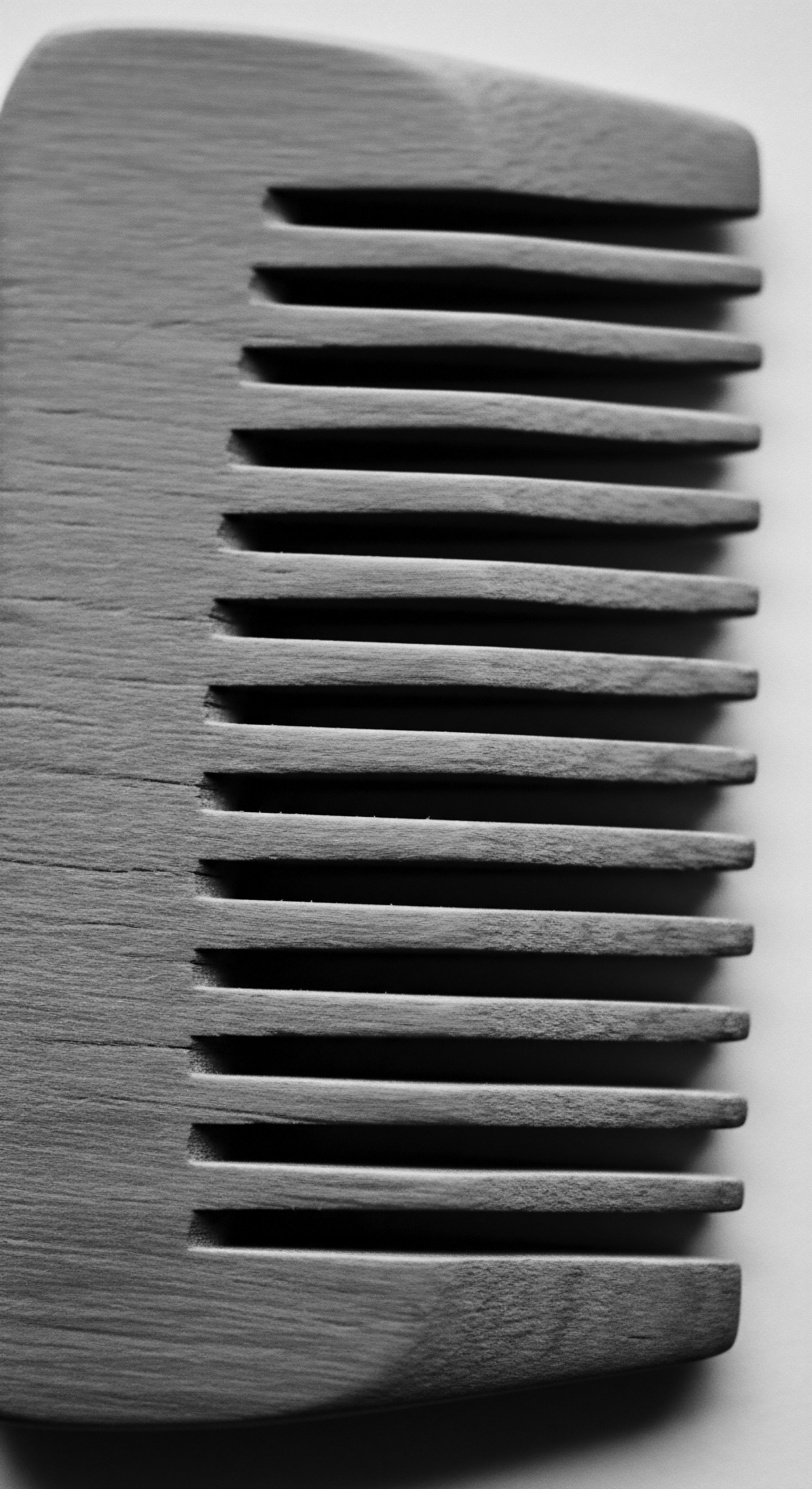
Intersecting Realities ❉ Hair, Power, and Reclamation
The enduring legacy of Historical Care is perhaps most acutely observed in the post-emancipation and Civil Rights eras, where the politics of Black hair became a central battleground for identity and self-determination. Eurocentric beauty standards, which valorized straight hair and often demonized kinky or coily textures, permeated societal norms and were reinforced through various discriminatory practices and legislation, such as the infamous Tignon Laws. These laws, which attempted to control the visibility of Black women’s hair, serve as a stark academic example of how systemic power structures sought to dismantle the cultural meanings embedded in hair. The resistance to these laws, through the elaborate and vibrant headwraps that subverted their intent, exemplifies how Historical Care became a vehicle for active defiance and cultural reclamation.
- Dehumanization by Hair Shaving ❉ Slave owners forcibly shaved the heads of enslaved Africans, a deliberate act to strip them of their identity and erase their cultural heritage, rendering them indistinguishable and denying their pre-existing social structures and familial bonds.
- Hair as a Tool for Covert Resistance ❉ Enslaved African women ingeniously braided rice seeds into their hair as a means of ensuring survival and preserving a connection to their homeland during the Middle Passage, highlighting the practical yet symbolic function of hair care practices under duress.
- Hair as a Means of Navigation ❉ Cornrow patterns were strategically used to encode and communicate escape routes from plantations, transforming hair into a literal map for freedom and demonstrating its sophisticated role as a clandestine communication system.
- Legislation as Control (Tignon Laws) ❉ The enactment of the Tignon Laws in 18th-century New Orleans, requiring women of color to cover their hair, represents a governmental attempt to strip away the visible markers of their identity and social standing, underscoring the political dimension of hair as a site of control and resistance.
- Reclamation Through Natural Hair Movements ❉ The Civil Rights and Black Power movements catalyzed a powerful re-embracing of natural Afro-textured hairstyles, turning the Afro into a potent symbol of Black pride, self-acceptance, and a defiant rejection of oppressive beauty standards.
The enduring implications of Historical Care for contemporary textured hair practices are profound. It provides a robust analytical framework for understanding the ongoing natural hair movement, which, at its core, is a modern iteration of ancestral reclamation. The current focus on sulfate-free cleansers, deep conditioning, and protective styling within the natural hair community often unknowingly, or knowingly, mirrors the practices and philosophies passed down through generations. This is not merely a trend; it is a profound historical continuum, a direct descendant of the innovative and resilient spirit of Historical Care.
The academic exploration of this concept, therefore, serves as a crucial bridge between historical anthropology, cultural psychology, and contemporary wellness, validating the deep-seated wisdom in practices that were once dismissed or denigrated. It provides a coherent Explication of why hair holds such an enduring, sacred place in the collective memory and identity of Black and mixed-race people, extending far beyond the superficial realm of beauty. This sustained connection to ancestral practices, even after centuries of systemic efforts to dismantle them, speaks to the inherent strength and enduring cultural significance that lies at the heart of Historical Care.
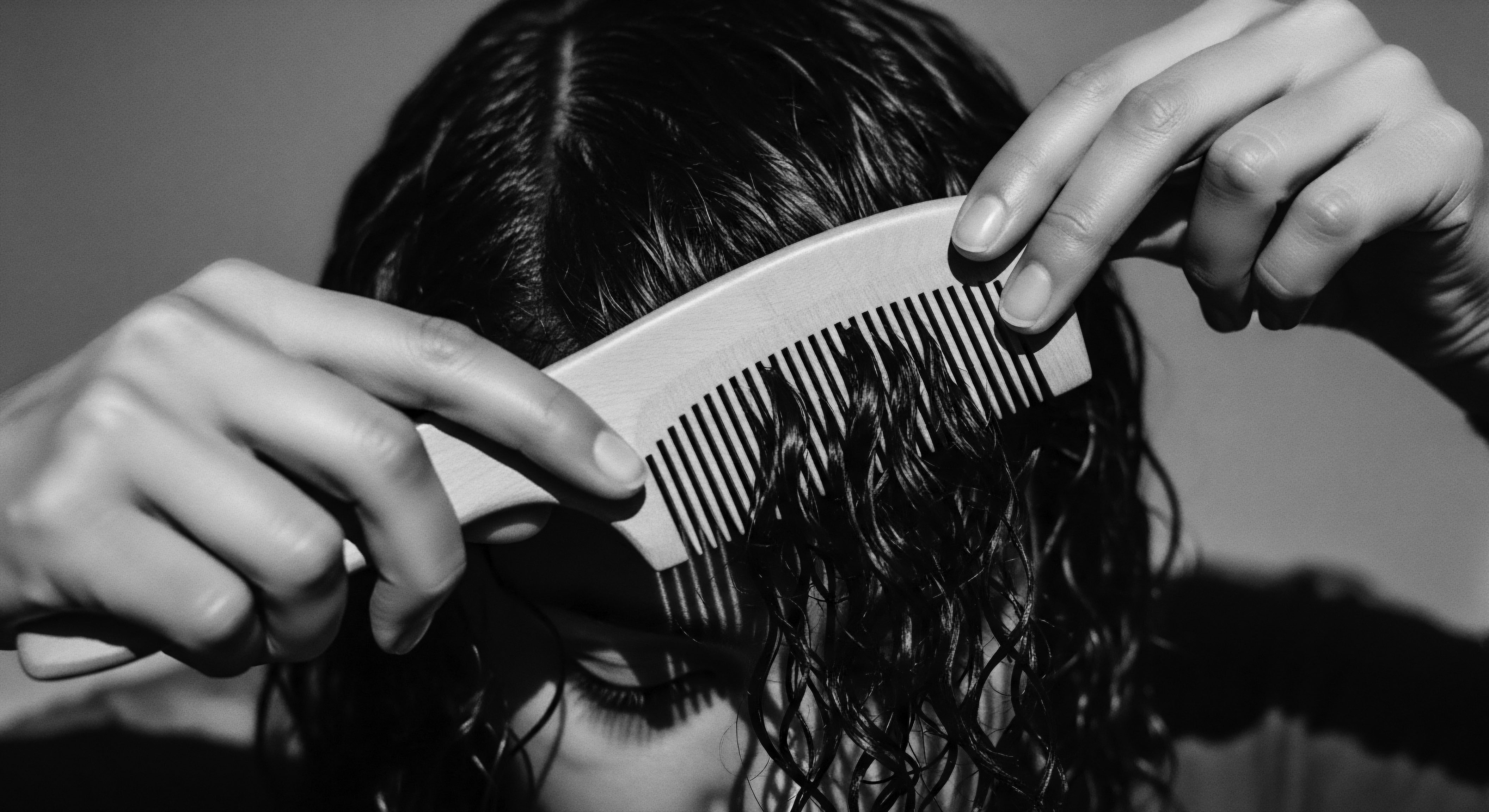
Reflection on the Heritage of Historical Care
The journey through the intricate world of Historical Care reveals a profound truth about textured hair heritage ❉ it is a living, breathing testament to enduring resilience and boundless creativity. From the elemental biology that shaped ancient practices to the ingenious acts of resistance against systemic oppression, hair has consistently served as a powerful vessel for cultural identity and community memory. It stands as a vibrant thread, connecting the whispers of ancient ancestral wisdom to the contemporary quest for self-acceptance and holistic well-being.
The continuous evolution of Historical Care underscores the dynamism of heritage, showing how traditions adapt and persist, even in the face of immense challenges. The knowledge of how to nourish, protect, and adorn textured hair has transcended time, crossing oceans and surviving generations of hardship, often through the subtle strength of familial bonds and communal sharing. This enduring spirit, deeply rooted in ancestral understanding, reminds us that the care of textured hair is more than a routine; it is a sacred practice, a dialogue with one’s past, and a powerful statement of self. It is the very soul of a strand, stretching back through time, weaving forward into the future, always vibrant, always true.
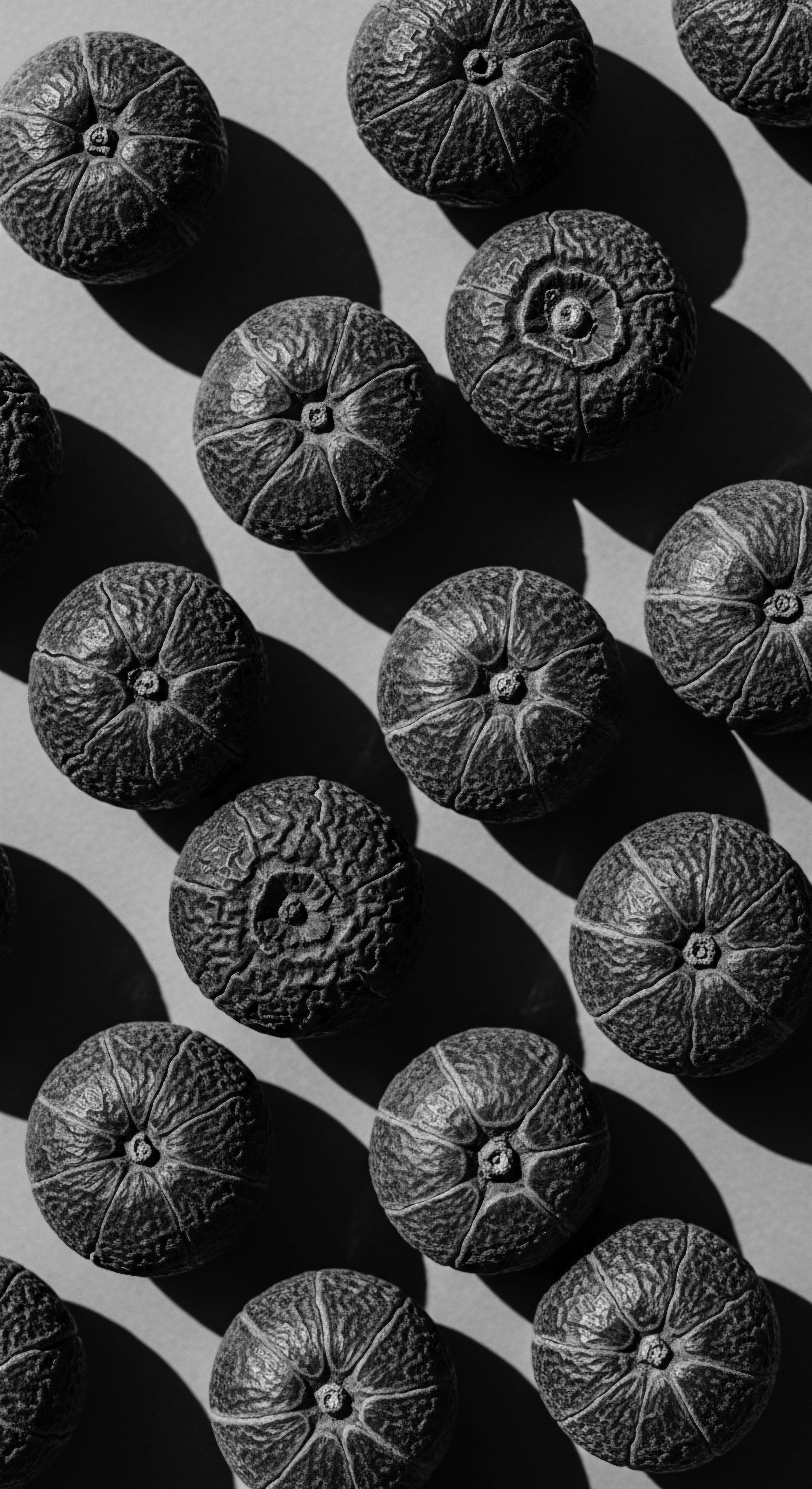
References
- Byrd, A. D. & Tharps, L. L. (2002). Hair story ❉ Untangling the roots of Black hair in America. St. Martin’s Press.
- Douglas, M. (1970). Purity and Danger ❉ An Analysis of Concepts of Pollution and Taboo. Routledge.
- Hallpike, C. R. (1969). Social Hair. Man, 4(2), 256-264.
- Mol, A. (2002). The Body Multiple ❉ Ontology in Medical Practice. Duke University Press.
- Patton, M. (2006). African-American Hair ❉ A Historical Perspective. The Journal of Black Psychology, 32(3), 365-381.
- Scheper-Hughes, N. & Lock, M. M. (1987). The mindful body ❉ A prolegomenon to future work in medical anthropology. Medical Anthropology Quarterly, 1(1), 6-41.
- Sherrow, V. (2006). Encyclopedia of Hair ❉ A Cultural History. Greenwood Press.
- White, L. (2000). Speaking with Vampires ❉ Rumor and History in Colonial Africa. University of California Press.
